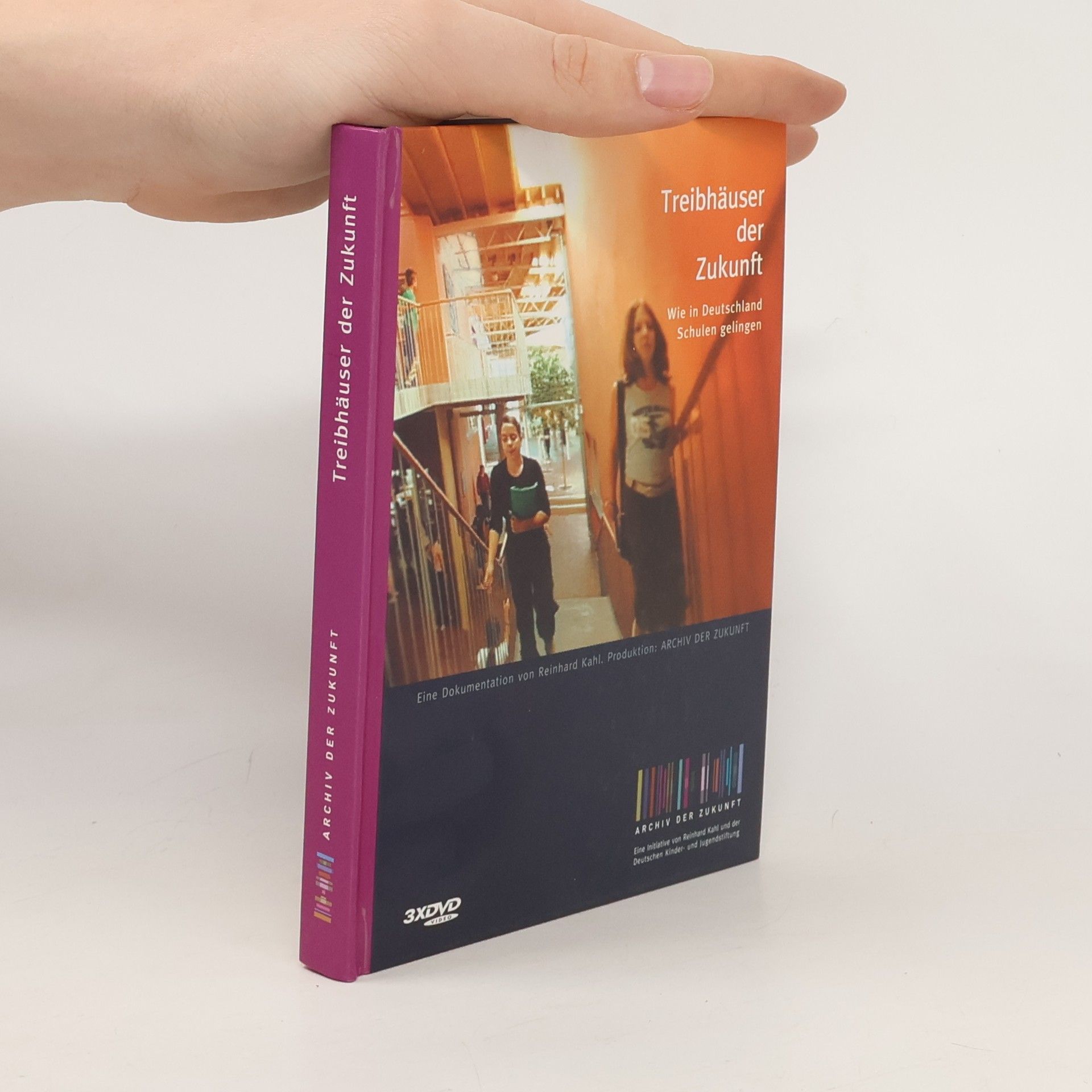Limits of AI - theoretical, practical, ethical
- 172 stránok
- 7 hodin čítania
Focusing on the evolution of artificial intelligence, the book explores its transformative role in various sectors while addressing its inherent limitations. It contrasts early symbolic AI, reliant on rule-based systems and logic, with the current prevalence of statistics-driven machine learning and Big Data. Highlighting the success of sub-symbolic AI, such as chatbots, it raises concerns about transparency. The author advocates for explainable and reliable AI, emphasizing the need for clarity and verifiability in the logical and mathematical underpinnings of algorithms.




